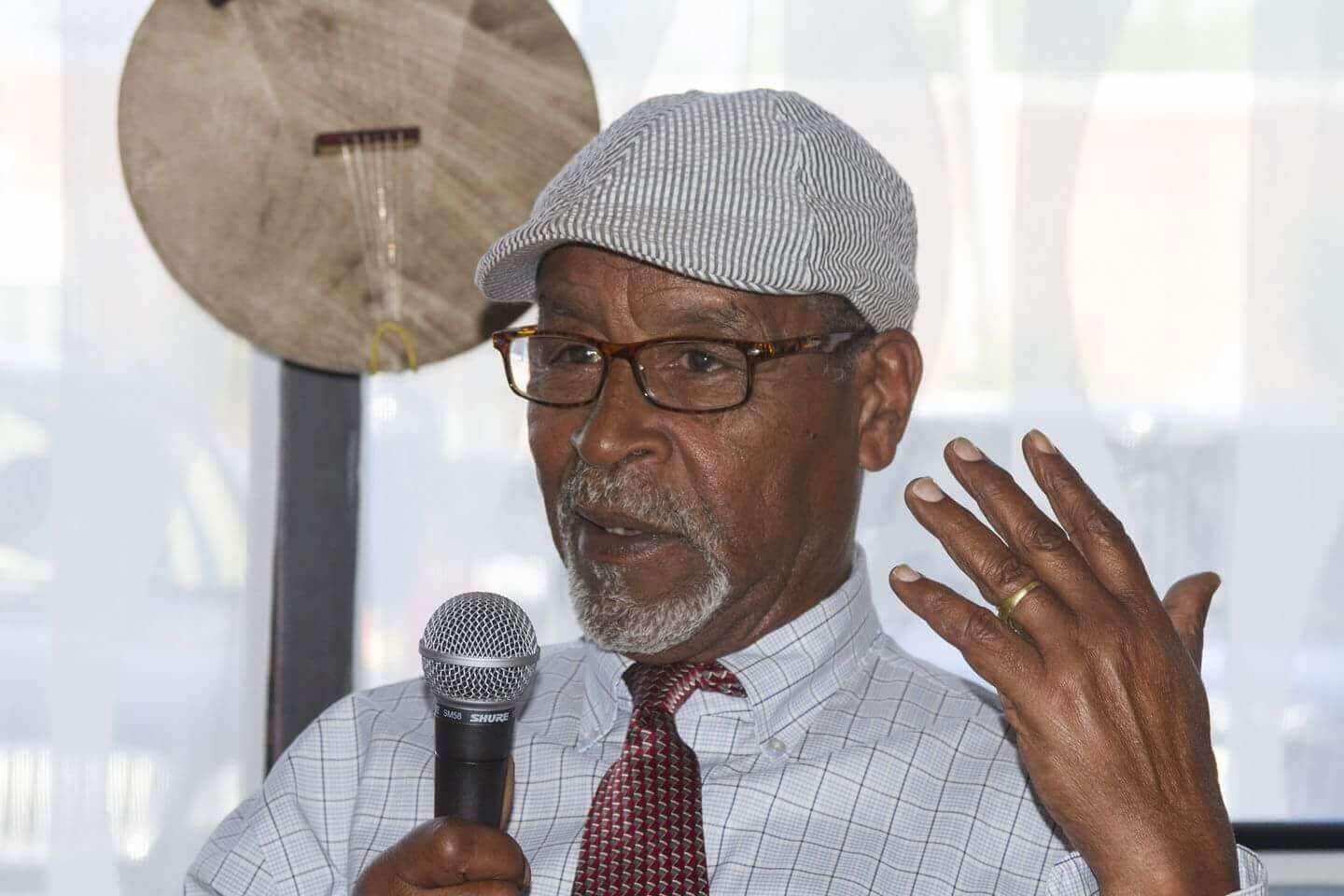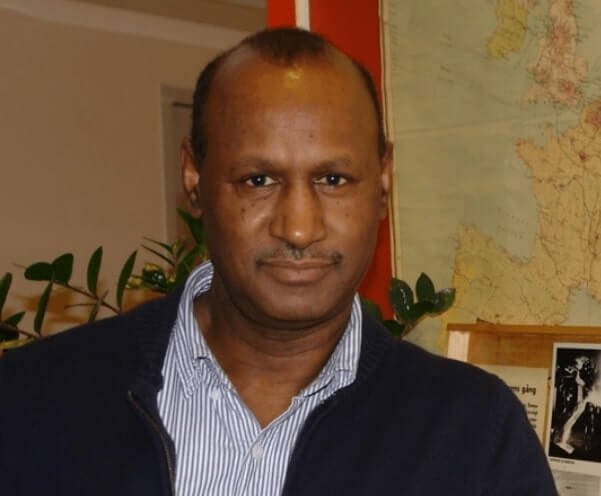Tsegaye Tegenu (PhD)
May 14, 2017
Why is it so Important to Discuss about this Economic System
Since the declaration of the state of emergency in October 2016, there is too much political discussion on good governance and political power sharing in Ethiopia. The political discussion stands at an all-time high creating a distinct impression about the existence of only one world, the political world, which is seen both as the problem and the solution to the challenges facing the country. Group of opposing political forces are now polarized and entered into the age of political deadlock. The challenges and prospects of the country is seen only through the lenses of politics.
In this essay a modest attempt is made to underline the existence of another world, a “population economic system”, which has got its own driving forces, objectives, principles of organization and distribution. This economic system is autonomous existing independently of the politicians. The politicians have control over only 30 percent of the national economy, the rest being an aggregate of the micro-decisions of millions of households in the country. Recognizing the existence of the population economy as an independent world and a scientific knowledge about its peculiar characteristics can certainly change the nature and purpose of the political debate in the country.
The current political discourse, regardless of ideology, is founded on the assumptions that the politicians know what the people needs and all that’s lacking is a sufficiently visionary party and leader to solve the country’s problems. Politics is essential to all policy but there are different fundamental views when identifying options and solutions. What is at the end of a political battleground? Is it about power sharing, distribution of resources and/or improving the performance of the economy? If it is about getting the economy right, then it is necessary to know not only how to use existing resources (political values), but also how the economic system creates new resources (scientific method and evidences).
According to World Bank data, Ethiopia is the second-most populous country in Sub-Saharan Africa with a population of 99.4 million. Under the most optimistic low fertility scenario the population size is projected to increase to 137 million by the year 2037. This is an increase of 38 million people with an average growth rate of 2.2% per annum. Currently the Ethiopian population is increasing by about two million people a year.
What does a fast growing population mean for the economic performance of the country and quality of people’s life? How well the economic resources of the county meet the needs and demands of a rapidly growing population in the past decades? If the level of meeting the desired needs is unsatisfactory what are the supply and growth capacity problems? Has the economy the capacity to increase the scale of production and employment at the rate needed to recover from backlogs and re-adjust to new additional shortages every year? What are the roles of the private sector and the state for fighting scarcity and poverty caused by pressure of rapid population growth? What type of policies can be designed to improve economic growth performance and other components of well-being?
These fundamental questions of the population economic system should be discussed by politicians. To jump-start the discussion, in what follows I will try to define the population economic system, its size, how it operated and performed over the past three decades.
The Purpose and Size of Population Economic System
Population economy can be defined in terms of the management of an economy by part of the population that is growing rapidly in the country. The objective of the population economy is for reproduction, survival and multiplication of households under conditions of demographic transition, institutional and technological constraints. Population economy is not for profit, capital accumulation and investment. It is a feature of countries where the population doubles every thirty or twenty five years. It includes all “non-observed economies” that are not covered in national accounts.
Since the market and state economies are embedded in the population economy, it is difficult to know what proportion of the GDP is controlled by population economy. If one considers the commodity based account and transaction recorded by the government, the private consumption is 65 % while the government and firm/capital investment constitutes 20 and 15 percent respectively in 2013.
The private consumption, which in this study is considered as the population economy, constitutes the rural economy where more than 80 percent of the population depend (see CSA agricultural survey) and the urban informal economy which absorbs about 60% of the labor force in urban areas (ILO). There are 15,5 million households in rural areas and 5, 3 million households in urban areas that are part of the population economy.
Even if it is difficult to register the rural and urban economic activities in national accounts, the proof for their importance is in their ability to support a rapidly growing population in the country. The Ethiopian population reached to 100 million is not by miracle or accident. It needs strategies, activities and co-operation among millions of household members.
How Population Economy Performs
It is beyond the scope of this articles to discuss the level and trends of output performance of the sectors that makes up the population economic system: food, employment, basic social services (education and health) and infrastructure service sectors. On research methods of performance analysis and empirical finings see the reference list below. National and international studies shows that the population economic system is characterized by land fragmentation, multiple deprivations, low productivity trap and migration-led urbanization.
The concept of population economic system assumes that effects of population growth exists in the form and pressure of scarcity of inputs, goods and services. This assumption is particularly important to analyse the operation and performance of the economy. Under condition of population doubling, in countries where there is limited structural transformation, scarcity is not artificial perception. I do not see a world of abundance. There is some form of lack of needs and necessity. Scarcity is an essential feature of rapid population growth particularly under conditions where there is no technological excess. In the table below you can see the incidence of deprivation for each sector on the basis of urban and rural population breakdown.
My hypothesis is that population growth has positive effects on economic growth if there is division of labour and specialization in production and if there is a certain level of technological development. In the absence of those factors, population growth creates resource and output scarcity. It not only lower living standards, but a rapid population growth will also lead to higher level of outmigration, population lose and economic crashes (see news media coverages).
The Future: Creative Destruction of Population Economic System
The future should be based on the idea of creative destruction of the population economic system not on continued co-operation for further reproduction. Creative destruction, sometimes known as Schumpeter’s gale, is a concept that refers to destruction or annihilation of previous economic order and the creation of new wealth by capitalism. In this article I used the concept of creative destruction in the sense of the annihilation of fragmented economy and replace with growth mechanism that keeps up with the pressure of multiple scarcity. The challenge of population economic system is not about reducing the number through population policy measures. It is about destroying the economic system of reproduction through industrialization-led structural transformation. Population economy should be eliminated as a system. It has no growth mechanism to support a rapidly growing population. By 2050 Ethiopia’s population is projected to reach 174 million to become the 9th largest country in the world (UNFPA, 2011). Already with 100 million people we have economic crashes, population loss and political unrest. Reduction in number is not substitute for growth mechanism. Capitalism, led either by the state or private sector, should replace the population driving force in the destruction and creation of wealth in the society. The economic system has to pass from the hands of reproductive households to the hands of wealth creators (capitalists and labourers). How this transformation can take place in the given context?
The political discussion must focus on creative destruction of the population economic system. Ethnicity, political ideology, distribution of existing resources and power sharing issues must take second place, after discussing the pillars of industrialization-led structural transformation. Ethiopia is at a crossroad when best understanding of the challenges and prospects facing the country require mix of politics and science. Political judgment should be informed by economic science, the main reason why I write this article.
For further references you may download articles by clicking on the following links
Tsegaye Tegenu, PhD
Senior lecturer
Department of Social and Economic Geography
Uppsala University
















